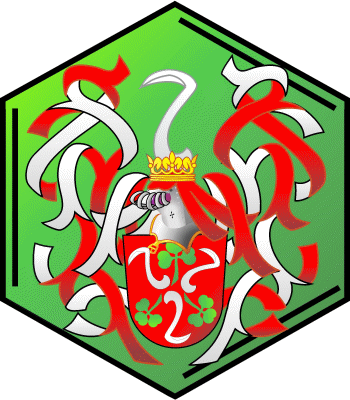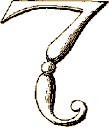

Coat-of-arms of August Kekulé von Stradonitz (1829-1896)
best
known for his discovery of the structure of benzene (1865)
The above depiction of the coat-of-arms of Kekulé is due to Jochen Wilke.
The background is a conventional representation of the benzene molecule
(although actual benzene has hexagonal rather than triangular symmetry).
[ © 2004
Jochen Wilke. This
copyrighted image is
reproduced here by permission. ]
Gules, three angled fleams Argent pallwise
[blades pointing counterclockwise]
between three trefoils Vert [pallwise inverted, in heart].
Crest: A horse fleam Argent.
Mantling: Gules and Argent.
In the above, the bracketed terms were introduced to lift
the ambiguities of the ancient
German blazon which reads:
In Rot drei in Form eines Schächerkreuzes zusammengefügte, von drei
grünen Kleeblättern gewinkelte
silberne Rossflieten oder Lasseisen.
Auf der Helm mit rot-silbernen Decken eine silberne Rossfliete.
In 1865, Kekulé had a revelation of the
cyclic structure of benzene in a daydream where he saw
snakes biting their own tails.
He first proposed a planar molecule of trigonal symmetry,
with alternating single and double bonds
(instead of the currently accepted perfect hexagonal symmetry).
|



